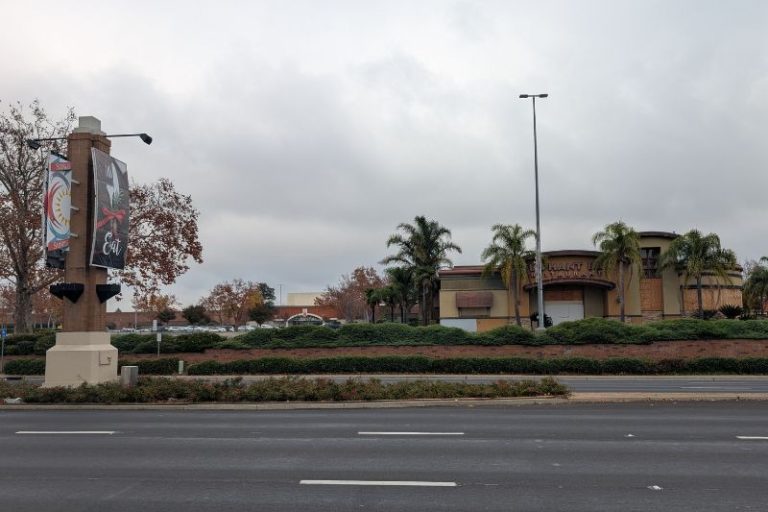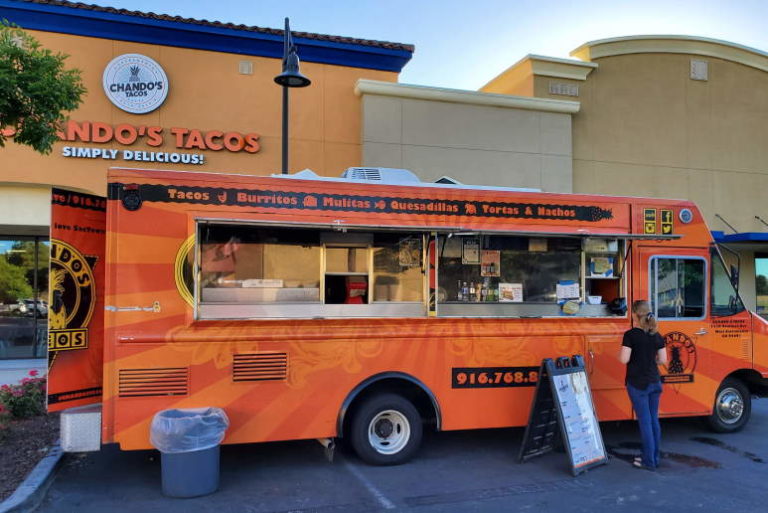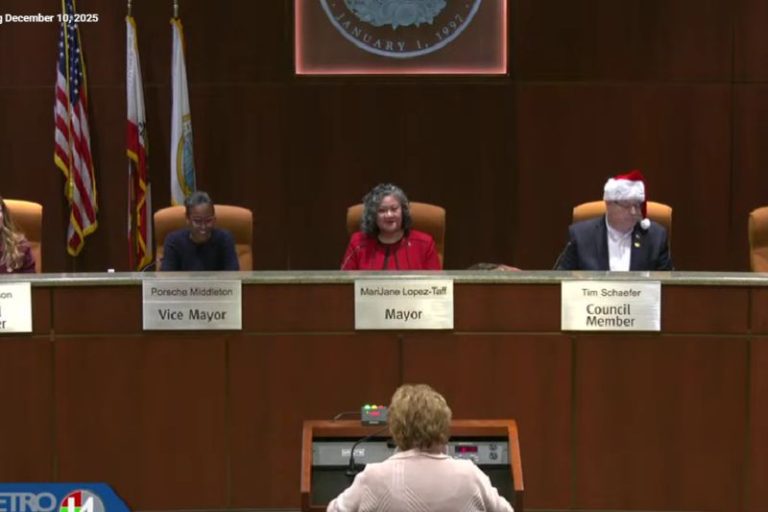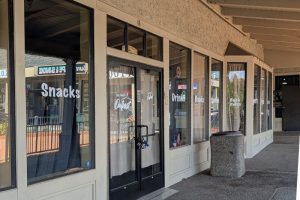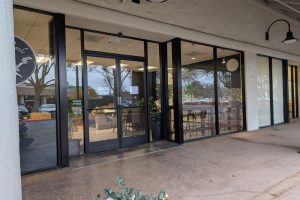Sentinel staff report–
Earlier this year the Citrus Heights City Council approved a list of 13 sections of residential streets to be repaved using new revenue from the SB 1 gas tax, but some have questioned why major roads like Greenback Lane and Madison Avenue aren’t included on the list.
Related: Here’s the list of streets Citrus Heights is slated to repave in the next year
Responding to an inquiry from The Sentinel, Operations Manager Regina Cave, with the city’s general services department, cited funding and feasibility as primary reasons for the decision to prioritize residential streets.
“If the city did choose to focus its early years of SB 1 funds on arterials (major streets), we would need to save up 3-5 years’ to address one stretch of arterial at a time,” said Cave, noting that Madison Avenue is about five-and-a-half lane miles of pavement.
Cave said repaving major streets like Madison Avenue and Greenback Lane are too large an undertaking to be funded by SB 1 gas tax funds, which amounts to about $1.5 million per year in Citrus Heights. To repave 1.3 miles of streets in 2018, the city authorized a contract for up to $723,000 to be used.
Cave also said the city has a legal obligation to address all Americans with Disabilities Act (ADA) deficiencies whenever streets are repaved, which means “reconstructing all curb access ramps, remov[ing] and replac[ing] deficient sidewalks, and address[ing] sidewalks or pedestrian paths that do not meet minimum ADA width standards.”
However, on residential streets, Cave said “there’s less area to resurface, less concrete issues to address, and we are able to deliver immediate results within our neighborhoods.”
“By no means are we dismissing the importance of addressing our major corridors,” said Cave. “We simply cannot address all of our transportation needs at one time, and therefore felt this is the best way to get the city’s SB 1 funds reinvested back into the community as quickly as possible.”
An additional reason for prioritizing residential streets rather than major roads is due to local streets largely being ineligible for federal or state grants, which are major sources of funding that cities rely on for transportation-related projects. Even when grant funding is available for improvements on major streets, Cave said transportation grant programs don’t award funds solely for road repairs and come with requirements to enhance transit, pedestrian and bicycle access, rather than just road repair.
What criteria are used to determine which residential streets get repaved first?
Each street is ranked on a “pavement condition index” (PCI) scale of 1-100, with 100 being the best condition possible and 1 being the worst. Cave said streets with the lowest PCI ratings are repaved first, with all streets currently on the priority list being rated under 30.
When does the city expect the next repaving project will take place on a major arterial?
Cave said the city’s intent is to focus two to four years of SB 1 funds on repaving residential streets that are in the worst condition. She said the city is currently working on a grant application to help address a section of San Juan Avenue from Greenback Lane to Madison Avenue, which would be funded through the Sacramento Area Council of Governments.
Although the project would include roadway repaving, she said the grant is “significantly focused on addressing alternative transportation needs.” If awarded, construction of the project would be 2-3 years out.
Cave said the City of Citrus Heights will be holding a first-ever Facebook live session on June 20 at 6 p.m. to answer resident questions about roads and transportation. The city says each following month it will select different topics to address.
See other Q&A articles on The Sentinel:
Q&A: What’s going on with the Sonic Drive-In project on Antelope Road?
Q&A: Can Citrus Heights police still enforce camping ban after 9th Circuit Court ruling?
Q&A: Will plans for that pizza drive-thru in Citrus Heights ever become a reality?


